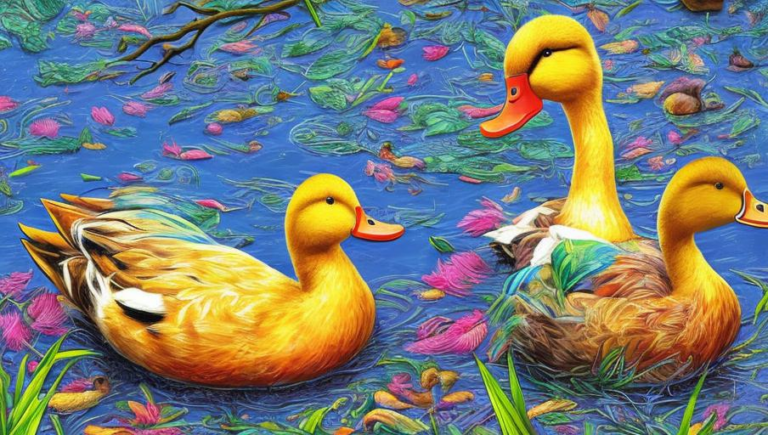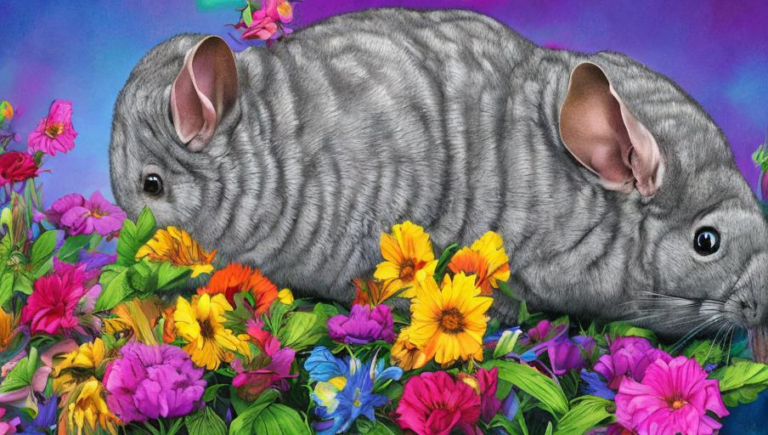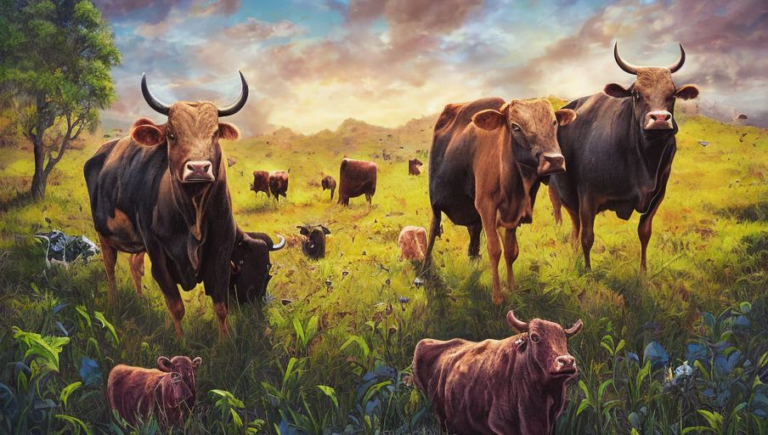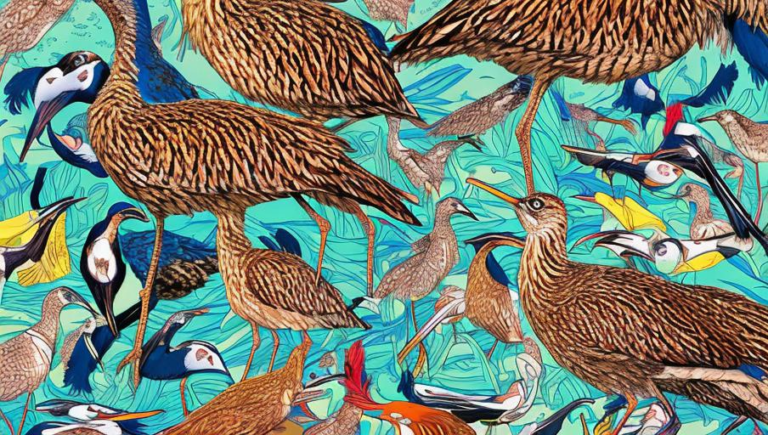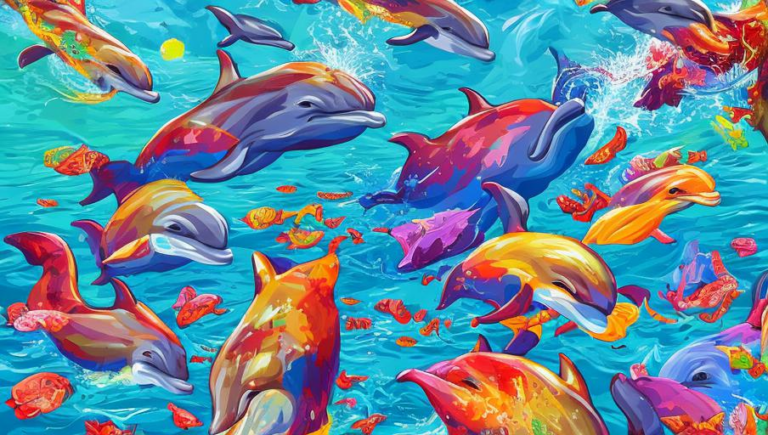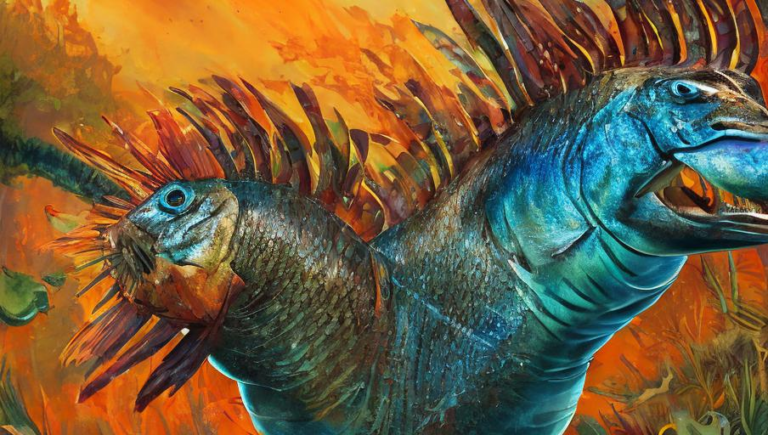Peculiar Diet: What Do Clams Eat?
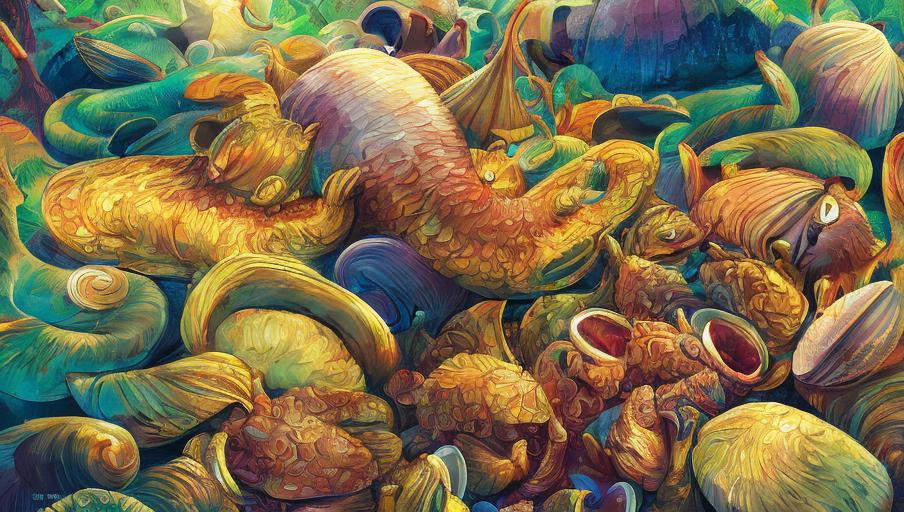
What Do Clams Eat?
Clams are fascinating creatures found in oceans, rivers, and lakes around the world. Clams are a type of mollusk, which means they have a hard outer shell and they are filter-feeders – they feed on small particles in the water. But what do clams eat?
Plankton
Clams are mostly filter feeders and they feed on small particles in the water such as plankton. Plankton are small organisms that drift or swim weakly in the ocean. They can range in size from microscopic to the size of a pinhead. Plankton are a vital part of the food chain, providing an important source of food for many aquatic animals, including clams.
Algae
Clams also feed on algae. Algae are a type of plant-like organism that exists in both freshwater and saltwater environments. Algae are a great source of nutrition for clams, providing them with carbohydrates, proteins, and other essential nutrients. Algae also provide a source of shelter for clams, as they can hide underneath them for protection.
Detritus
The other type of food that clams feed on is detritus. Detritus, also known as organic debris or waste, is organic material that accumulates on the ocean floor. This includes bits of dead plants and animals, as well as bits of decayed organic material. Clams are able to feed on this detritus and extract the nutrients they need.
Other Food Sources
Clams are also able to feed on other food sources such as bacteria, protozoa, and even small fish and crustaceans. Clams have an array of methods for obtaining food and they can feed in both shallow and deep water. They are also able to eat food that is suspended in the water column.
Conclusion
Clams are fascinating creatures that can be found in oceans, rivers, and lakes around the world. They are filter-feeders and they feed on small particles in the water such as plankton, algae, and detritus. Clams are also able to feed on other food sources such as bacteria, protozoa, and even small fish and crustaceans. By understanding what clams eat, we can better understand their importance in the food chain and how we can protect them.
